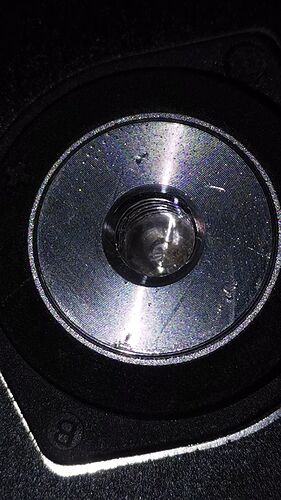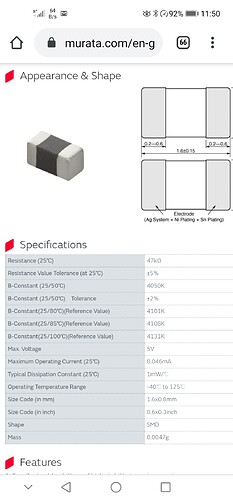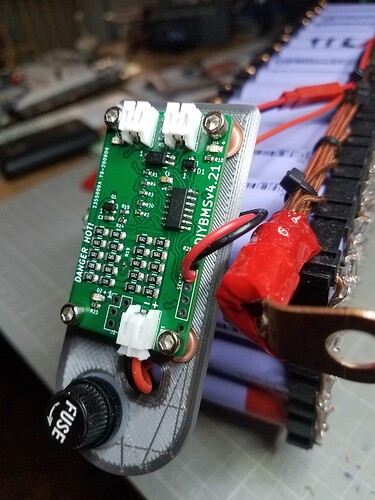Yes, at other forum (diysolarforum) one of the members build SSR with mosfets.
(As that is what SSR is, mosfets)
I don’t like SSR for the reason they get hot and use magnetic contractors aka relays.
Yes they use more electricity, 400A is about 11 watt during connection and 3 watts to hold it.
And that is crappy China brand…
“Real one” (+/- $120) are more energy efficient. (On Mouser. Com or other site)
Really complicated material to do it right.
And a good build SSR doesn’t get hot!!
Problem is the price of the components…
So they don’t build 
They built crappy ones that do get hot.
Normal usage for SSR is many connections for a short time.
Normal usage for contactor is one time contact for long time.
If you like to get in contact with him, send me PM in that forum.
I’m easy to find…
Or just search for solder paste to improve conductivity 
Back to that, yes I received the tip of antioxidant.
Hard to find here! Perhaps I can determine active component and go from there.
Other is di-electric grease silicone based or petroleum based.
Somehow that sounds counter productive.
Remove the oxidation as it’s not conducive and then put on non conductive paste…
I understand the usage for lightbulb or plugs, it’s not good for interconnect copper to copper bus-bar.
Probably just cleaning, remove oxidation, and use rubbing alcohol to remove possible finger prints will give optimal contact between the 2 copper bus-bar.
Nothing else, just flat copper to copper compressed together.
For the aluminium terminals, adding thin layer of silver hi-conductive paste makes sense.
To prevent galvanic corrosion and even out the bumps of the terminal.
(Bumps, if you zoom or have good monitor you see the circles in the terminal. Not totally flat)
Adding solder paste between the copper bus-bars won’t improve.
The anti-oxidation products can help, if they are available.
For sure they will make the copper look longer nice 
Cheapest I can find that will arrive in a week is + 100usd…
No local available products.
For this type of stuff Thailand really sucks.
For the rest, life is great here.
Just don’t want the fancy complex stuff and you are fine.
Any household solutions??
Cleaning oxidation will go perfectly with lemon juice and baking soda 
Those are available 




 ?
? )
)
